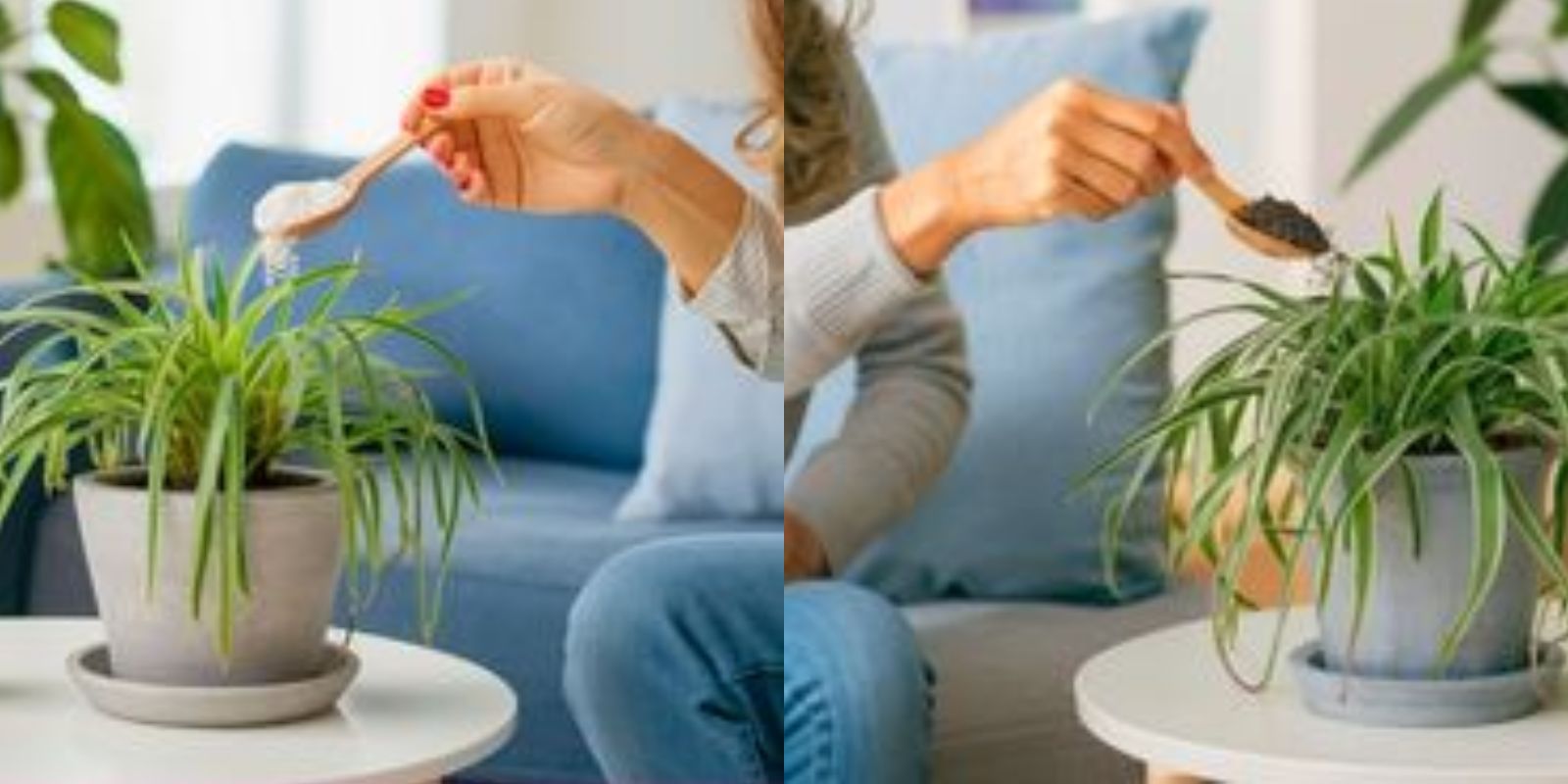Many of us toss kitchen scraps into the trash without realizing their potential benefits for our plants. These common household waste items are packed with nutrients that can enhance soil fertility and promote plant growth. By reusing these scraps, not only do we reduce waste, but we also cultivate healthier, more vibrant plants. Here’s how you can turn kitchen scraps into green gold for your garden.
Introduction to Using Kitchen Scraps in Gardening
Kitchen scraps, often viewed as mere waste, are a treasure trove of essential nutrients. These organic materials decompose naturally, releasing vital nutrients back into the soil. Incorporating kitchen scraps into your gardening routine can boost soil health, improve plant growth, and even help your plants bloom more vigorously. Here are some effective ways to use everyday kitchen waste to nourish your plants.
1. Banana Peels: A Potassium Powerhouse
Banana peels are rich in potassium, an essential nutrient that supports root development, improves drought resistance, and enhances overall plant health. Potassium is particularly beneficial for flowering and fruiting plants.
How to Use:
- Direct Burying: Chop the banana peels into small pieces and bury them around the base of your plants. As they decompose, they will release potassium into the soil.
- Banana Peel Tea: Soak banana peels in water for 24-48 hours. Use the infused water to water your plants. This method provides a quick potassium boost.
Tip: Incorporate banana peels into the soil near flowering plants like roses and tomatoes for better blooms and fruit production.
2. Coffee Grounds: Boosting Nitrogen Levels
Used coffee grounds are an excellent source of nitrogen, which is crucial for leafy growth and overall plant vigor. They also improve soil structure and encourage beneficial microorganisms.
How to Use:
- Soil Amendment: Sprinkle used coffee grounds directly onto the soil surface or mix them into the top layer of the soil. They will gradually release nitrogen as they break down.
- Compost Addition: Add coffee grounds to your compost pile. They balance the carbon-to-nitrogen ratio, accelerating the composting process.
Tip: Coffee grounds are slightly acidic, making them ideal for acid-loving plants like blueberries, azaleas, and hydrangeas.
3. Eggshells: Adding Essential Calcium
Eggshells are composed primarily of calcium carbonate, which is beneficial for plant health. Calcium strengthens cell walls, supports root development, and prevents blossom end rot in tomatoes and peppers.
How to Use:
- Crushed Eggshells: Rinse and dry the eggshells, then crush them into small pieces. Mix the crushed shells into the soil to add calcium over time.
- Eggshell Powder: Grind the eggshells into a fine powder using a coffee grinder or mortar and pestle. Sprinkle the powder around the base of your plants for a quicker calcium release.
Tip: Use eggshells to deter pests like slugs and snails. Scatter crushed shells around plants to create a sharp barrier that pests will avoid.
4. Vegetable Scraps: Composting for Rich Soil
Vegetable scraps are excellent compost material. Composting transforms kitchen waste into nutrient-rich humus that improves soil fertility, water retention, and structure.
How to Use:
- Composting: Collect vegetable scraps, such as carrot tops, potato peels, and lettuce leaves, and add them to your compost bin. Ensure a balance of green (nitrogen-rich) and brown (carbon-rich) materials for effective composting.
- Direct Composting: For small gardens, bury vegetable scraps directly in the soil. Dig a trench, add the scraps, cover with soil, and let them decompose in place.
Tip: Turn your compost regularly to aerate it and speed up the decomposition process, resulting in rich, fertile compost.
5. Tea Bags: Improving Soil Structure
Used tea bags can enhance soil structure and add valuable nutrients. Tea leaves contain tannic acid and other compounds that improve soil health and support plant growth.
How to Use:
- Direct Burial: Bury used tea bags in the soil around your plants. As the bags decompose, they will improve soil structure and provide a slow-release source of nutrients.
- Mulch: Spread dried tea leaves or composted tea bags as mulch around your plants. This helps retain moisture, suppress weeds, and add nutrients to the soil.
Tip: Ensure tea bags are made of biodegradable materials before using them in the garden to avoid adding plastics to the soil.
6. Aquarium Water: Nutrient-Rich Hydration
Old aquarium water is rich in nitrogen, phosphorus, potassium, and beneficial microorganisms. Using this water to irrigate your plants can provide them with a nutrient boost.
How to Use:
- Watering Plants: Use old aquarium water to water your garden plants. The nutrients in the water promote healthy growth and vibrant foliage.
- Foliar Spray: Dilute the aquarium water and use it as a foliar spray to provide nutrients directly to the leaves.
Tip: Only use water from freshwater aquariums, as saltwater can harm plants. Ensure the water is free from harmful chemicals or medications.
Conclusion
Kitchen scraps are a valuable resource that can transform your garden. By reusing banana peels, coffee grounds, eggshells, vegetable scraps, tea bags, and aquarium water, you can create a sustainable and nutrient-rich environment for your plants. These natural amendments improve soil health, support plant growth, and contribute to a more bountiful harvest.
Not only do these practices reduce waste, but they also save money on fertilizers and soil conditioners. Start incorporating these kitchen scraps into your gardening routine and watch your plants thrive like never before.
Share your experiences and photos of using kitchen scraps in your garden with us! We’d love to see how your plants are flourishing and hear any additional tips you’ve discovered. Happy gardening! 🌱🌸

